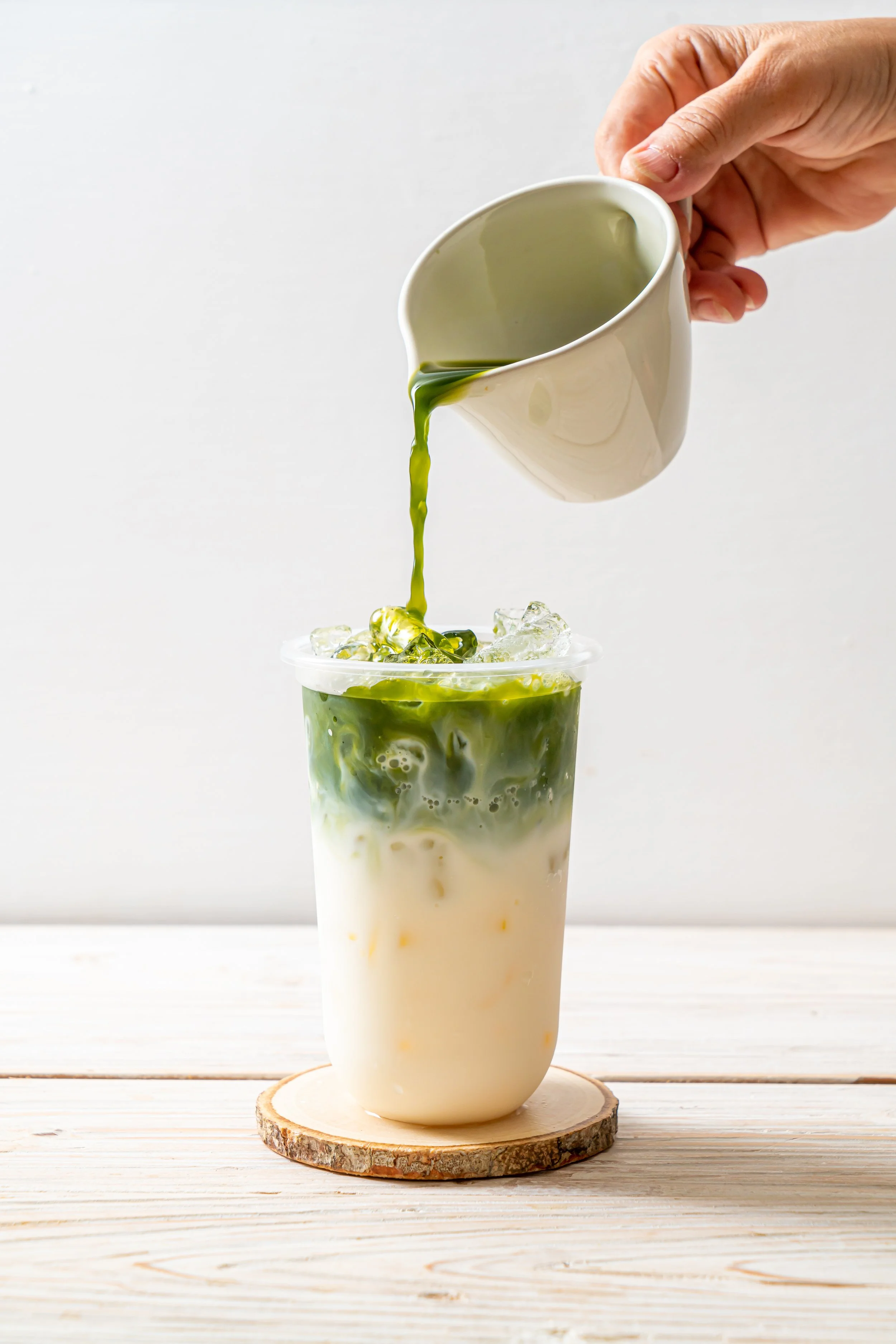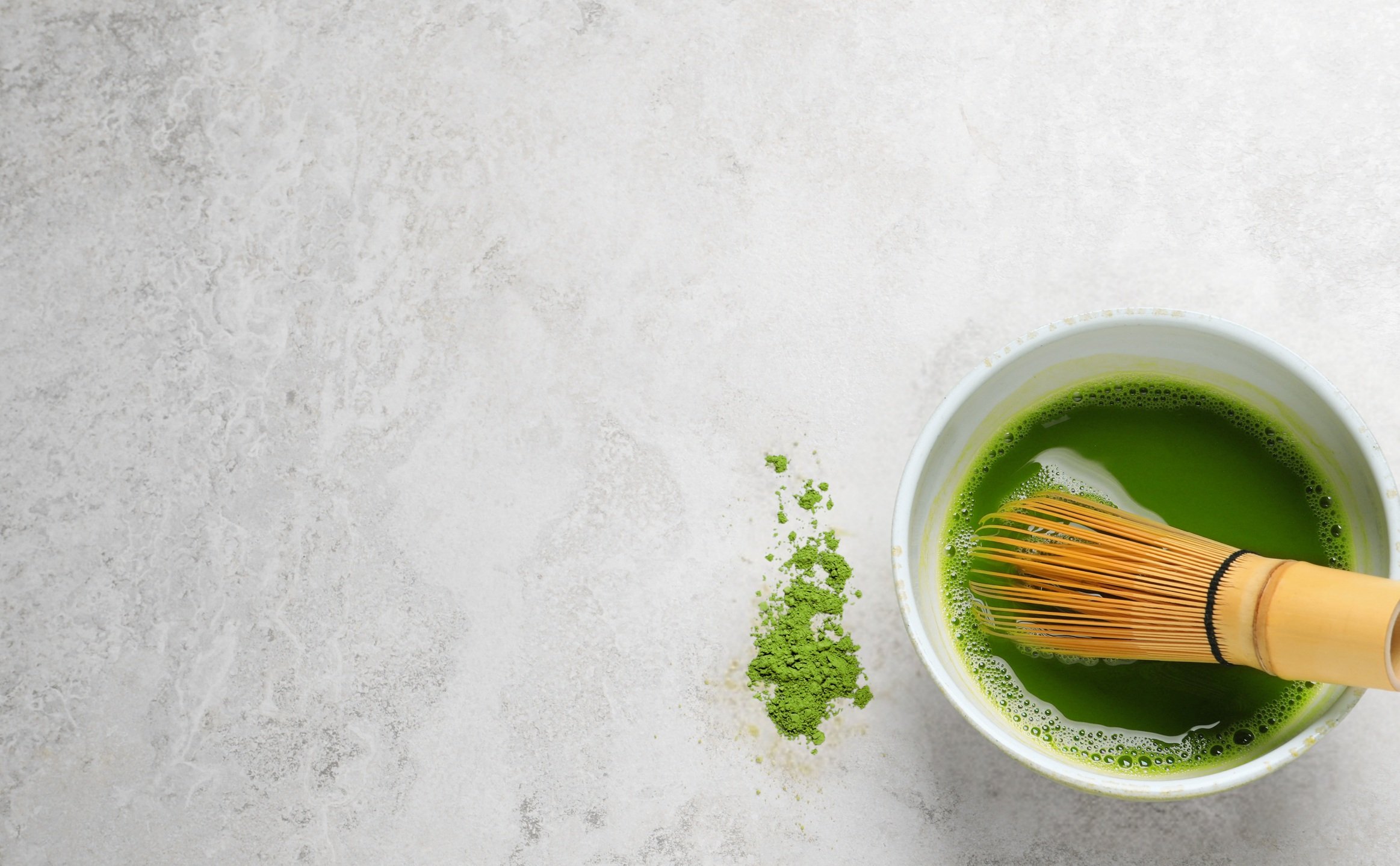
Premium Japanese Matcha
Direct Farm Sourced From Japan
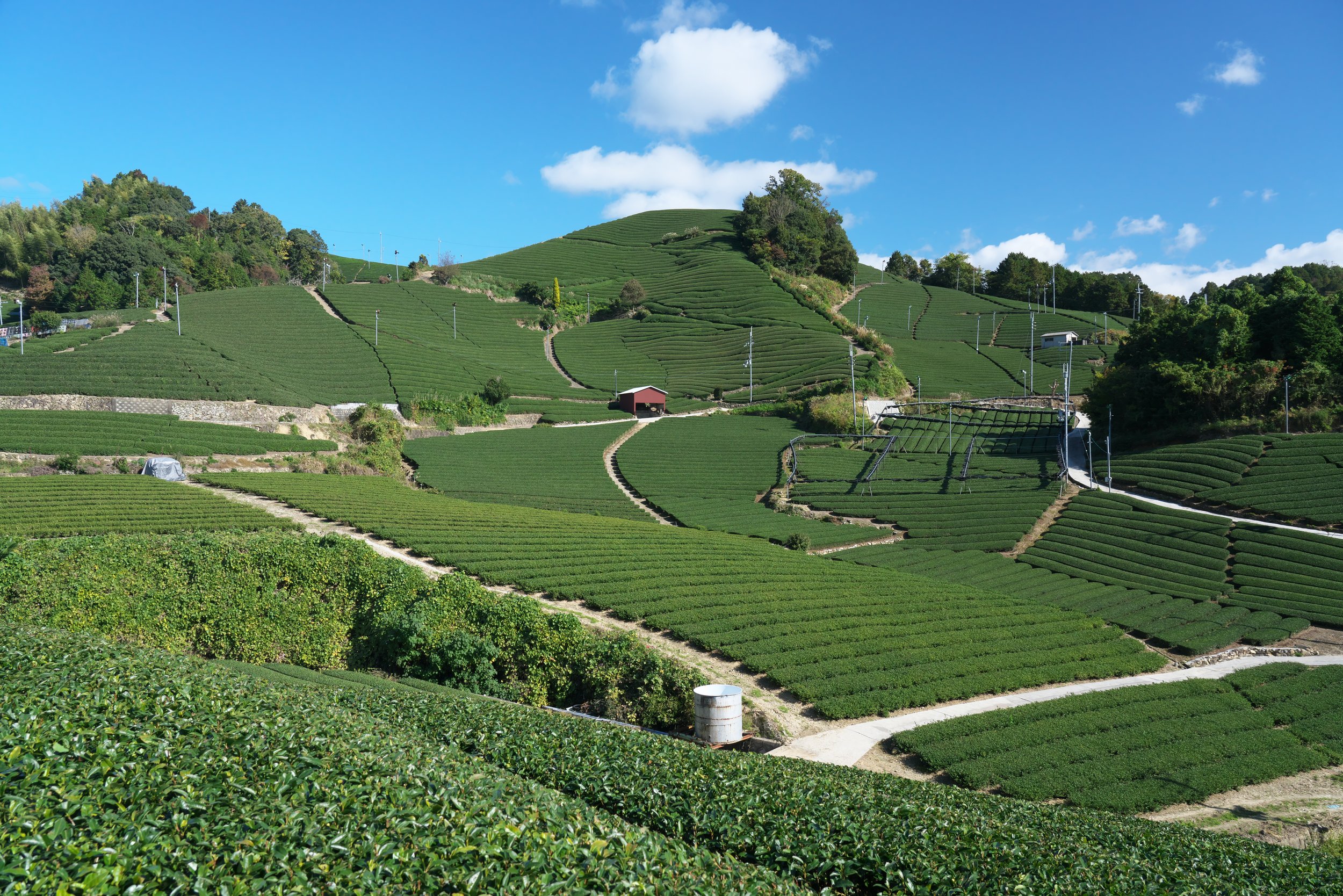
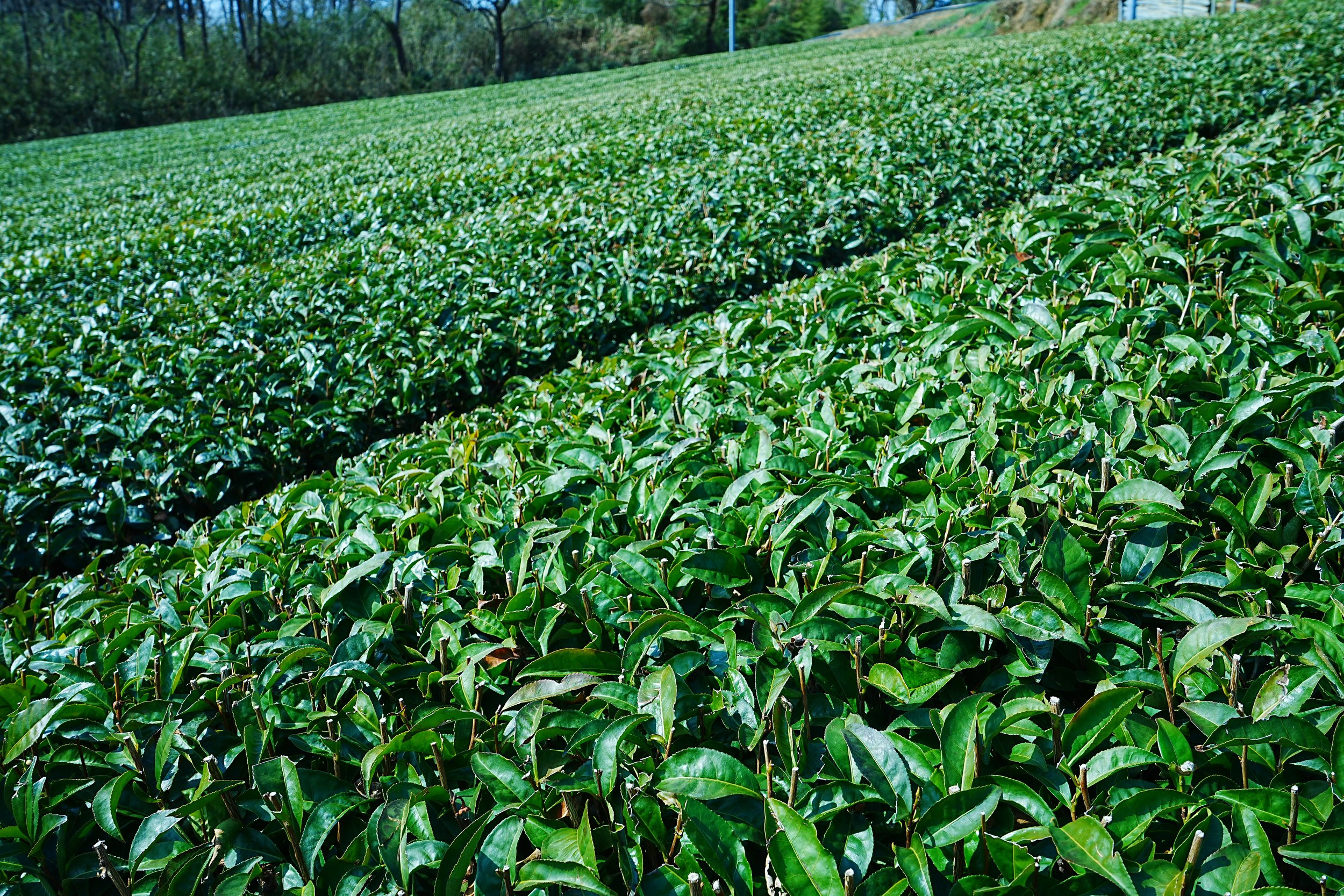

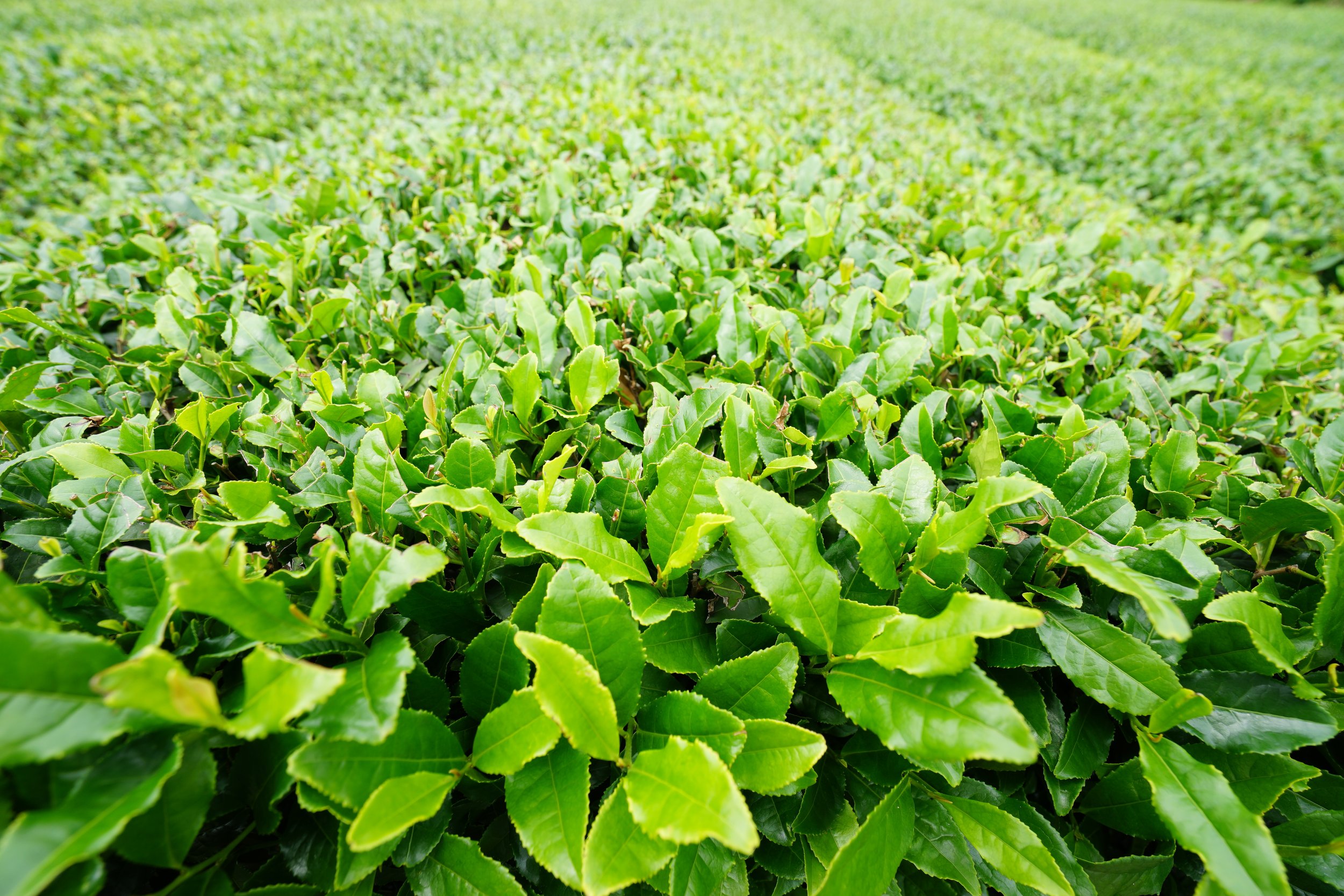
At Emerald Leaf, we’re passionate about sharing the true taste of Japanese matcha, sourced straight from Japan’s own tea fields.
Our farmers and tea masters follow traditional methods that have been passed down for generations. Every step is guided by dedication and respect for the craft, bringing you a smooth, vibrant matcha full of the rich umami flavor that makes it so special to enjoy.
Best Sellers
We have carefully selected three distinct varieties of matcha to suit your drinking style
The Emerald Leaf Difference
First Spring Harvest
Finely Milled
Always Fresh
100% Authentic
Unlike other methods that can produce grainy or lumpy matcha, ours are ground with a stone mill (Ishiusu) or machine-milled to produce the finest matcha that dissolves without lumps
Ichibancha means only the most tender and youngest leaves are picked at the beginning of the season to make our matcha and it ensures our matcha is always vibrant in hue
Our matcha is 100% grown and processed in Japan, backed by strict Japanese growing and production methods to ensure quality you can be confident in
Ground in small batches right before being shipped to North America ensures freshness you will always be able to taste

Commonly Asked Questions
-
Emerald Leaf matchas are made with first spring flush (Ichibancha) which are shade grown for 3-4 weeks then carefully machine-picked. The leaves are then steamed to lock in colors and nutrients and de-stemmed to ensure the purest leaf material remains for making matcha. The resulting tencha is then either slow-ground with a granite stone mill (Ishiusu) or machine-milled into a fine powder right before being shipped to North America.
-
Tea blending combines two or more tea cultivars to create a harmonious balance of flavors, aromas, and colors. Tea masters carefully select leaves to craft blends that enhance the tea's profile and maintain consistency despite seasonal changes. This process is similar to an artist mixing colors to create the perfect hue, engaging the senses with taste, aroma, and vibrancy.
Mastering tea blending requires decades of training, often passed down through generations. Like wine or coffee blending, it is a highly specialized craft that elevates the tea experience by creating a well-rounded and refined sensory journey.
Single origin matcha is valued for its connection to a specific place, allowing drinkers to appreciate the unique environmental factors and cultivation traditions that shape the tea. It offers a distinct, unblended flavor profile. However, this approach has disadvantages. The qualities can vary significantly from year to year based on weather and farming practices, leading to inconsistency. Additionally, while the reputation of a region can enhance the tea's appeal, it doesn't guarantee uniform quality, as factors like climate and farming techniques differ across even small areas.
-
As usucha (thin tea): Sift 1 teaspoon (2g) of matcha into a cup or bowl then add 50ml of hot water (175°F or 80°C). Use a bamboo whisk or mix with a frother for 20 seconds until foamy. Add an additional as desired water to enjoy as usucha.
As a latte: Sift 1 teaspoon (2g) of matcha into a cup or bowl then add 50ml of hot water (175°F or 80°C). Use a bamboo whisk or mix with a frother for 20 seconds until foamy. Add desired amount of hot or cold milk for matcha latte.
-
Matcha is a type of green tea where the whole leaf is consumed, therefore the antioxidant (such as catechins) levels contained matcha tea are significantly higher than in steeped teas. Antioxidants found in matcha help protect the body from harmful free radicals, help modulate brain health, support against cardiovascular disease, boost metabolism and aid your body’s natural detoxification process. One such catechin, EGCG (epigallocatechin gallate) found in matcha are thought to have anti-inflammatory, antioxidant, and metabolic benefits.
Also, while coffee typically delivers a sudden caffeine spike and subsequent crash, the amino acid L-theanine found in Emerald Leaf Matcha works with caffeine to provide a longer, more sustained energy boost (of up to 6 hours) while also supporting thinking, focus and relaxation.
-
Yes, each serving of matcha contains a moderate amount of caffeine, however less than coffee. While coffee typically delivers a sudden caffeine spike and subsequent crash, the amino acid L-theanine found in Emerald Leaf Matcha works with the caffeine to provide a longer, more sustained energy boost (of up to 6 hours) while also supporting thinking, focus and relaxation.
-
Matcha should be stored in a cool, dry place. Once opened, matcha should be refrigerated and consumed within 1 month.
-
While stone grinding maintains the traditional craftsmanship behind matcha production, machine grinding—whether through jet or ball mills—ensures consistent, precision-ground powder. Both methods produce a light, fine, talcum-like texture, and neither is inherently superior. Stone-ground matcha highlights delicate flavour nuances, whereas machine-milled matcha is often better suited for lattes, smoothies, and culinary uses. In the end, the quality of the leaves and your preparation method can make more of a difference than any one particular milling method.
-
There’s no strict global standard for what makes matcha “ceremonial grade,” but we define it as high-quality matcha that’s smooth, balanced, and enjoyable on its own—no milk, sweeteners, or additions needed. In Japan, matcha isn’t simply labeled as ceremonial or culinary; instead, it’s assessed by more nuanced qualities like taste, color, and aroma. These factors can vary widely depending on the region it’s grown in, the time of harvest, and how it’s blended. That’s why exploring different matchas—from single-origin varieties to carefully crafted blends—can be such a rewarding experience. The more you try, the more likely you are to find the one that truly resonates with your tastes.





